Can I Keep My Home in a Chapter 7 Bankruptcy?
Sawin & Shea
SEPTEMBER 20, 2023
If you’re in a financial bind, your best option might be to seek a fresh start through Chapter 7 bankruptcy. In most cases, you don’t forfeit your home when you file for Chapter 7 bankruptcy. What is Chapter 7 Bankruptcy? Can I Keep My Home?

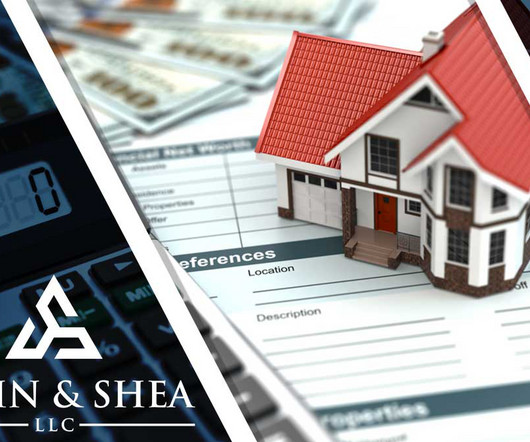



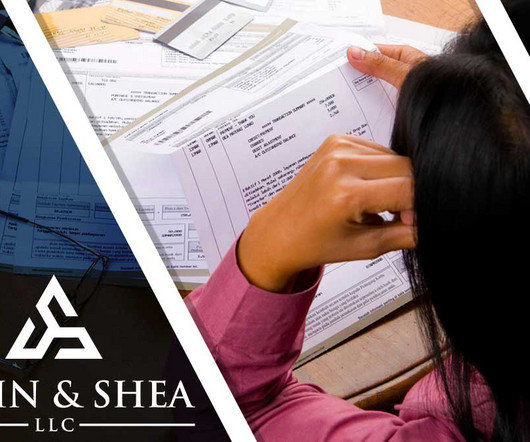
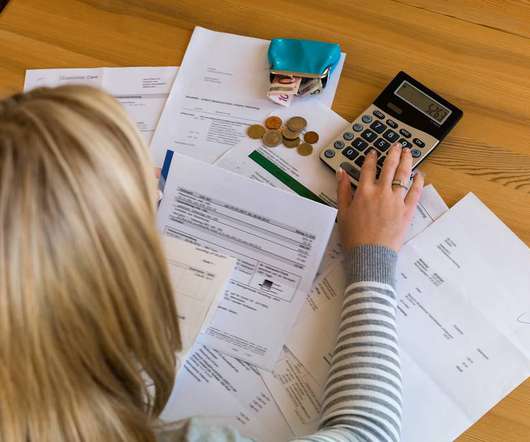
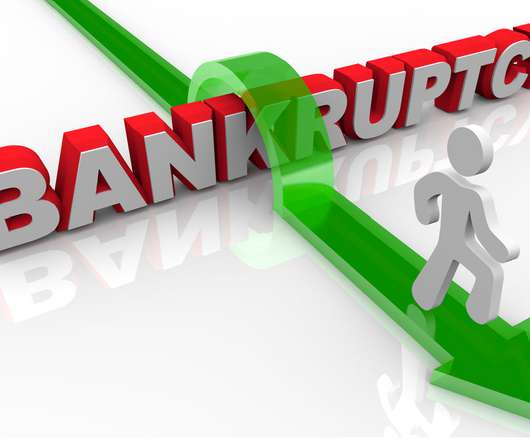
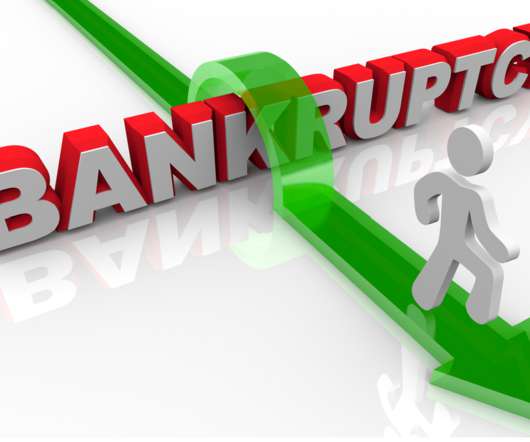
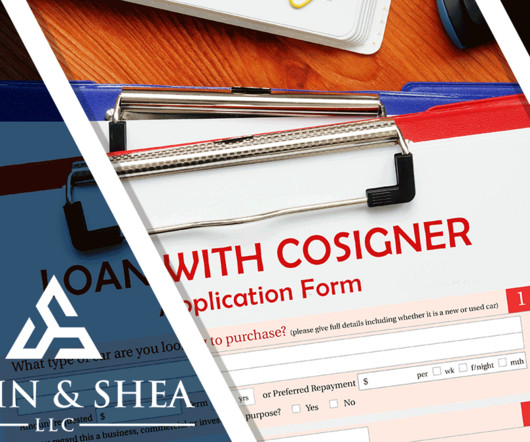
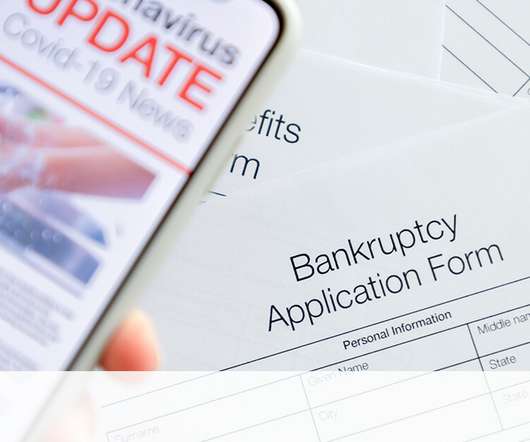
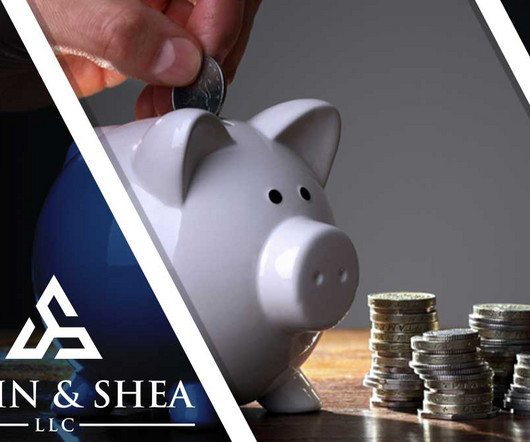







Let's personalize your content